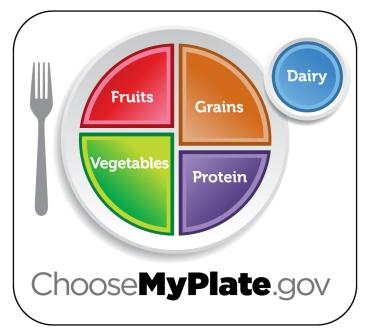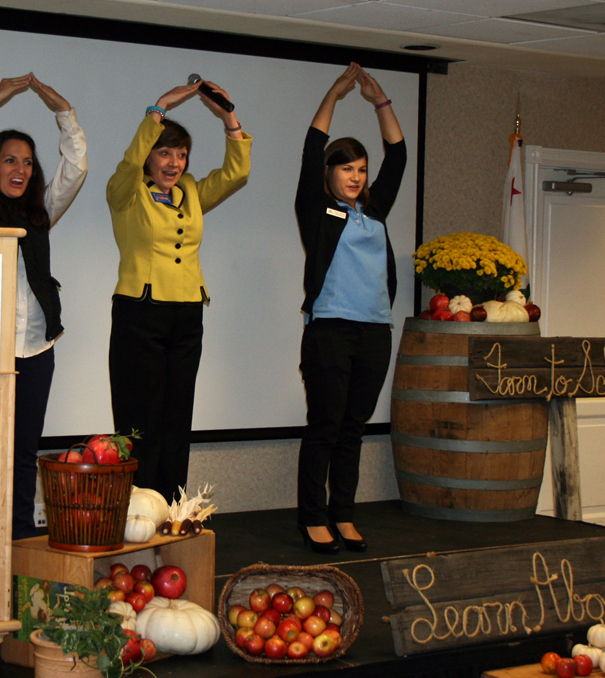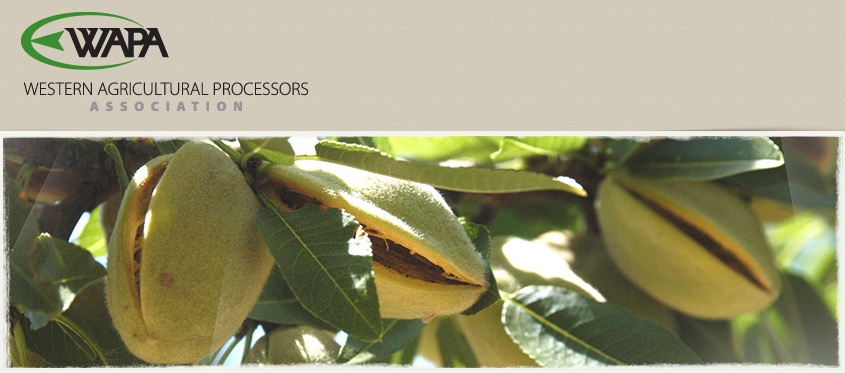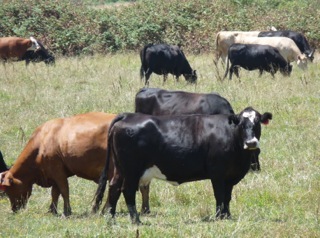Publicity
Celebrate the Holidays – the Fun and Healthy Way
By: Monique Bienvenue; Cal Ag Today Social Media Manager/Reporter
Keeping your family healthy this holiday season can be tough. With festive cakes, pastries and candy lined up in every aisle of the grocery store, it’s easy to fall off the healthy train.
Fortunately for us, MyPlate has done a fabulous job of creating a beautifully comprehensive list of ways to incorporate healthy habits into your next holiday gathering. Here are some tips that could help you coordinate a fun and healthy event for everyone!
- Make healthy habits part of your holiday celebration: Make activities, not food, the center of attention at your next event. This will keep your guests moving and their hands off all the snacks.
- Make foods look festive: Use healthy foods, such as nuts or veggies, to decorate your meals.
- Add a bit of “health” to your drinks: Serve fruit infused water, or make ice cubes out of juice.
- Savor the flavor: Instead of scarfing down a whole meal, take time to enjoy each and every bite.
- Incorporate MyPlate.com to make sure every food group is represented in your main dish.
- Make moving part of the event: Make sure the music is on and that your guests are dancing!
- Experiment with healthy recipes: Make healthy recipes a mandatory part of your party-planning.
- Make the cleaning process fun: Get the kids involved! It’ll keep the moving and it’ll help you get the job done faster.
- Shop smart and eat smart: Healthy food can be expensive, try to buy products that are in season and fit your budget.
- Be a cheerleader for healthy habits: Children are like sponges; the more they see you maintain a healthy lifestyle, the more they’re likely to do the same.
Stay healthy this holiday season; go to http://www.choosemyplate.gov recipe ideas, nutrition facts and healthy tips.






















